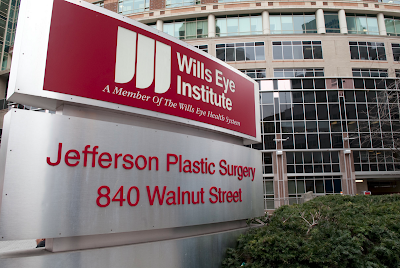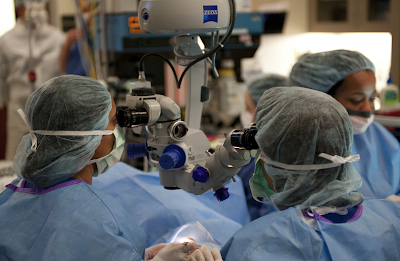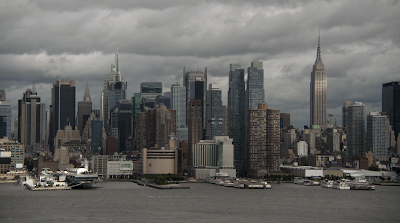A short while ago, those of us who live along the Hudson River were treated to the breath-taking sight of NASA's space shuttle "Enterprise" performing a fly-by of the Manhattan skyline, mounted atop a Boeing 747 jumbo jet. It was absolutely stunning!
The atmosphere was truly that of a carnival, as a small band of photographers, school kids and their teachers, locals and tourists, gathered in this small park, high up on the palisades of Weehawken, waiting to witness a piece of history.
As a group we scanned the skies for about an hour until finally, a unique silhouette appeared against the hazy white sky to our south. Sarah spotted it first.
"Here is comes!" and the cameras started clicking in ernest. It was all very exciting.
I was filming in HD using my PMW-F3 camera with a vintage Angenieux 25-250 zoom lens from the 70's. A wonderful combination that let me hone in on my subject and slowly zoom in as it approached. You see stuff like this on TV but when it shows up in your own viewfinder it takes on a whole new meaning. I'm thrilled to say that the lens performed exceptionally well, yielding razor sharp detail and a wide depth of field, leaving me only with the task of smoothly tracking the craft as they soared by. Very cool, indeed!
The combo flew north for a few miles, turned back to the south and made another pass, but this time it was too high overhead and difficult to track. It circled the area once more and slowly headed off to a landing at JFK airport, were it would later be transferred to a special barge, for it's final voyage to its new home on the Intrepid aircraft carrier.
Several weeks later, Sarah suggested I check out a new 9/11 monument that had been built along the Hudson for inclusion in our Getty stock footage collection. Usually a quiet location near the NY Waterways ferry terminal, a small crowd of photographers had again gathered, only this time, they were about to lift the shuttle from it's barge on to the carrier. OMG! I had totally forgotten the date and it was only luck and Sarah's suggestion that put me in the right place at the right time.
Well, it's Murphy's Law that the day you bring out your wide angle lens is the day you need the telephoto, but fortunately, Sarah and Ellie were able to bring over our new Nikon 400mm lens to capture a unique angle, over a mile away, across the Hudson.








